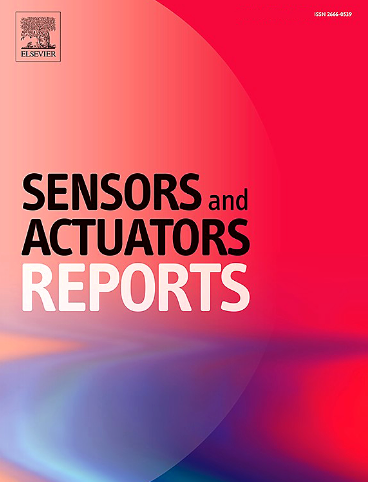基于介电泳的微流体检测与分离循环肿瘤细胞
IF 7.6
Q1 BIOTECHNOLOGY & APPLIED MICROBIOLOGY
引用次数: 0
摘要
循环肿瘤细胞(CTCs)是癌症研究的一个关键焦点,因为它们具有早期发现、监测疾病进展和促进个性化治疗的潜力。然而,现有的分离技术往往面临着显著的局限性,包括低特异性、低回收率,以及无法为下游应用(如基因分析和药物测试)保留细胞活力。本文综述了高效、无标记和可扩展的CTC分离技术发展的关键知识缺口,强调了基于介电电泳(DEP)的微流体系统的作用。DEP利用细胞固有的介电特性来实现选择性和非侵入性分离,消除了对表面标记物的需求,并确保了细胞的高完整性。该研究强调了纳米材料的集成,如金纳米颗粒和氧化石墨烯纳米片,作为一种新的方法来克服现有的基于dep的平台的挑战。这些纳米材料通过增加表面积和生物相容性来提高CTC捕获的特异性和敏感性。讨论的主要进展包括电极设计的优化,电场参数的调整,以及提高回收效率和分离纯度的创新系统配置。该综述还比较了各种DEP配置,如基于电极的、基于绝缘体的和非接触式系统,评估了它们的独特优势和不同应用的适用性。除了回顾当前的进展外,本文还概述了该领域的未来方向,强调需要大规模的临床验证来建立基于depa的系统作为可靠的诊断工具。这篇综述为推进基于depe的微流控平台提供了一个全面的框架,为早期癌症检测、个性化医疗和创新诊断技术在临床环境中的更广泛应用提供了一种变革性的方法。本文章由计算机程序翻译,如有差异,请以英文原文为准。

Dielectrophoresis-based microfluidics for detection and separation of circulating tumor cells
Circulating tumor cells (CTCs) represent a critical focus in cancer research due to their potential to enable early detection, monitor disease progression, and facilitate personalized therapies. However, existing isolation techniques often face significant limitations, including low specificity, reduced recovery rates, and the inability to preserve cellular viability for downstream applications such as genetic profiling and drug testing. This review addresses a key knowledge gap in the development of efficient, label-free, and scalable technologies for CTC isolation, emphasizing the role of dielectrophoresis (DEP)-based microfluidic systems. DEP leverages the intrinsic dielectric properties of cells to enable selective and non-invasive separation, eliminating the need for surface markers and ensuring high cell integrity. The study highlights the integration of nanomaterials, such as gold nanoparticles and graphene oxide nanosheets, as a novel approach to overcome existing challenges in DEP-based platforms. These nanomaterials improve the specificity and sensitivity of CTC capture by increasing surface area and biocompatibility. Key advancements discussed include the optimization of electrode designs, tuning of electric field parameters, and innovative system configurations that enhance recovery efficiency and separation purity. The review also compares various DEP configurations, such as electrode-based, insulator-based, and contactless systems, evaluating their unique advantages and suitability for different applications. In addition to reviewing current advancements, the paper outlines future directions for the field, emphasizing the need for large-scale clinical validation to establish DEP-based systems as reliable diagnostic tools. This review provides a comprehensive framework for advancing DEP-based microfluidic platforms, offering a transformative approach for early cancer detection, personalized medicine, and the broader application of innovative diagnostic technologies in clinical settings.
求助全文
通过发布文献求助,成功后即可免费获取论文全文。
去求助
来源期刊

Sensors and Actuators Reports
Multiple-
CiteScore
9.60
自引率
0.00%
发文量
60
审稿时长
49 days
期刊介绍:
Sensors and Actuators Reports is a peer-reviewed open access journal launched out from the Sensors and Actuators journal family. Sensors and Actuators Reports is dedicated to publishing new and original works in the field of all type of sensors and actuators, including bio-, chemical-, physical-, and nano- sensors and actuators, which demonstrates significant progress beyond the current state of the art. The journal regularly publishes original research papers, reviews, and short communications.
For research papers and short communications, the journal aims to publish the new and original work supported by experimental results and as such purely theoretical works are not accepted.
 求助内容:
求助内容: 应助结果提醒方式:
应助结果提醒方式:


